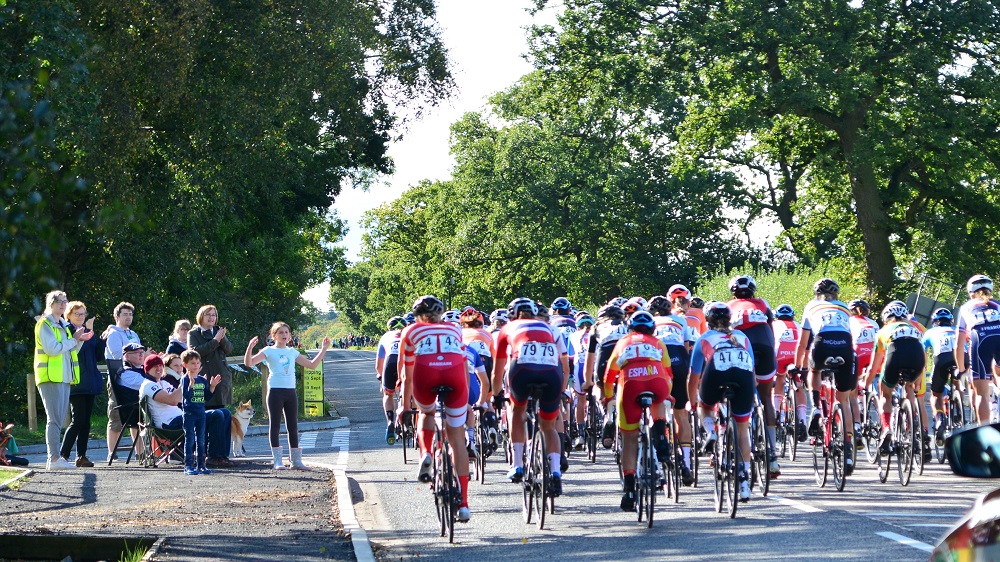It is that time of the year again, the Tour De France is here! The Tour De France has wide public exposure across media which usually cover other sports. This means your non-cycling friends and colleagues will start asking ‘those’ questions. This is fair enough, aspects of bike racing can seem baffling to casual observers. Here’s a handy basic guide…
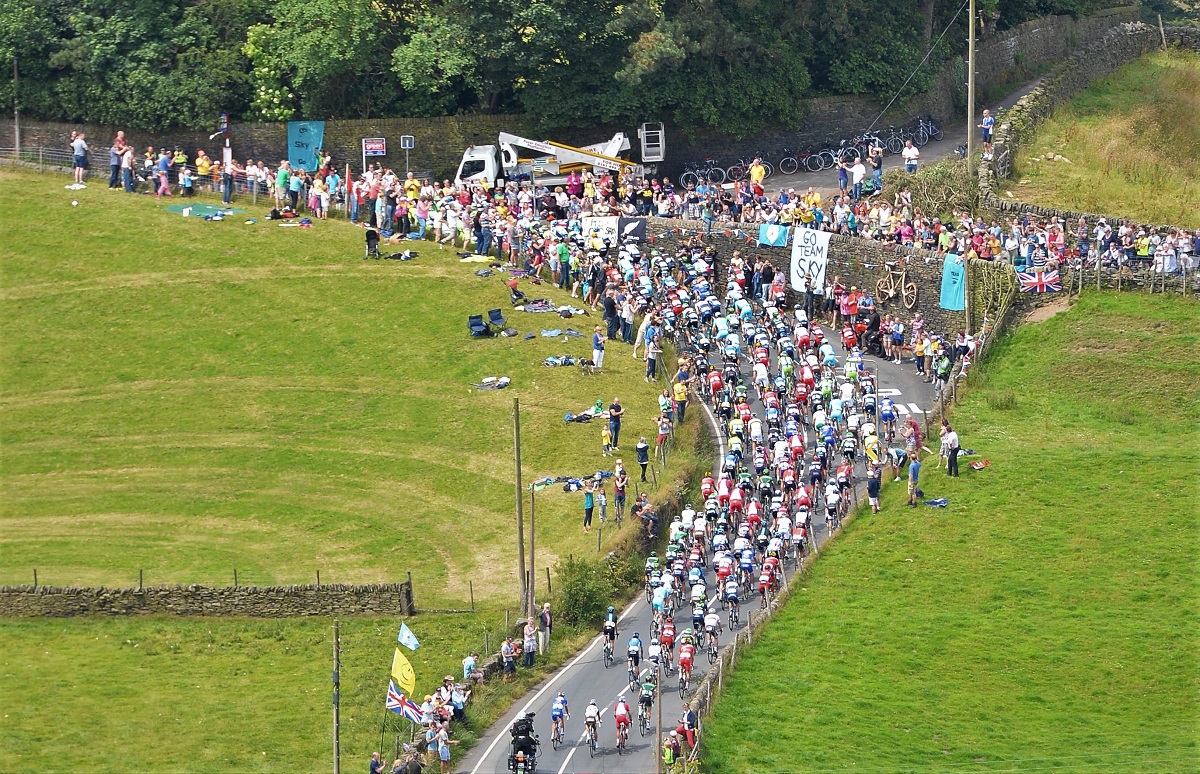
What Is It?
The race takes place over three weeks in July every year. It often starts in different countries for the opening few stages (Also known as the Grand Depart). This year it is in Denmark; eight years ago it started in the UK in Yorkshire. The 3 week race is broken up in to daily stages. Each rider’s time is taken on each stage and accumulated each day to determine a race leader who wears a yellow jersey. The race was first held in 1903, the other ‘Grand Tours’ are the Giro d’Italia (Italy) and the Vuelta a’Espana (Spain).
Daily stages are all different and can be individual time trials or road stages. Road stages can be flat (favoured by sprinters) or mountainous (favoured by climbers). In between ‘rolling’ or hilly stages suit the ‘all-rounder’ type riders.
Who Does it?
The Tour De France is raced by professional bike racers, they also race other events, including World Tour races and classics through the whole season Febuary – October. Professional teams are often made up of riders of several different nationalities.
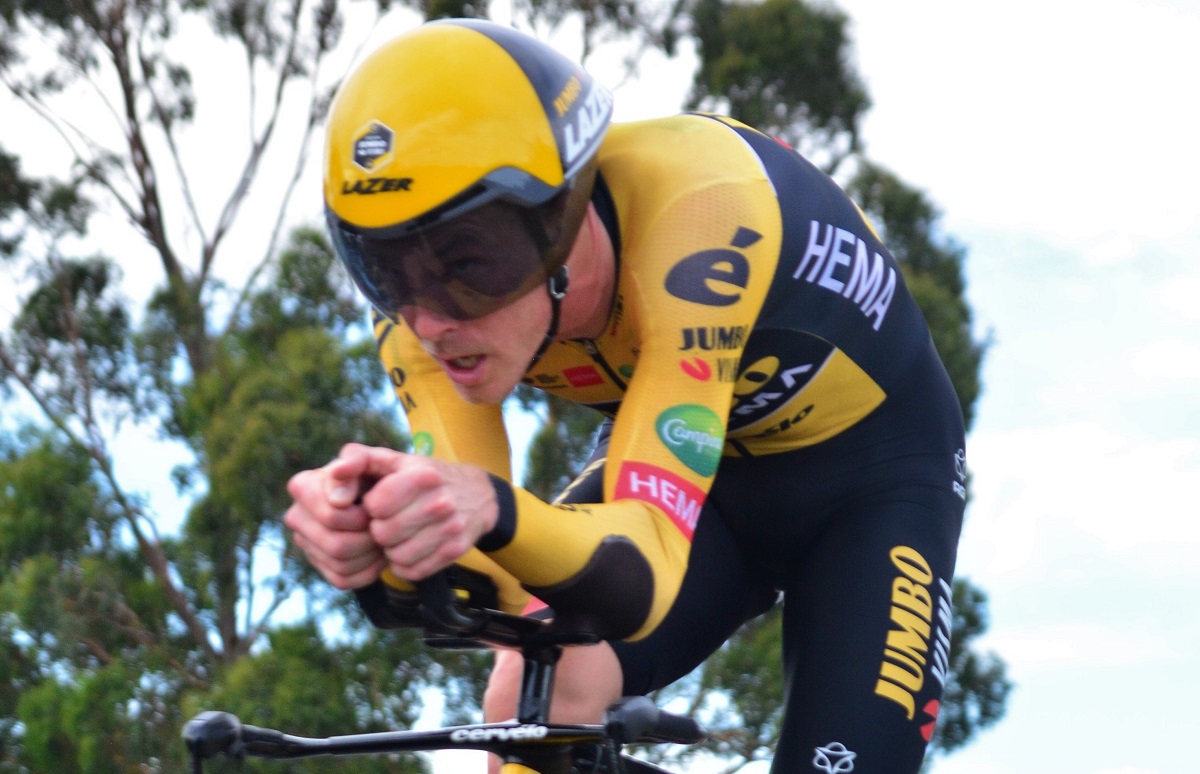
What’s with the Different Jerseys?
General Classification – Yellow Jersey
The Tour De France General Classification (GC) leader wears the yellow jersey and has covered the race in the least amount of time. General Classification contenders are generally those super-talented ‘all-rounders’ who can perform well in all types of terrain.
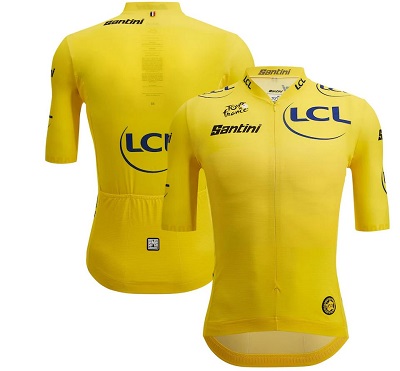
Points Classification – Green Jersey
During the Tour, riders can earn points for placing highly on stages and at intermediate sprint points. At the end of the 3 week race, the rider with the most points wins the points competition.
Time is irrelevant in this classification. The winner of the points competition is usually a sprinter, as they can usually place highly in all the flat stages (despite often losing chunks of time on the mountain stages).
The leader of the points classification wears the green jersey.
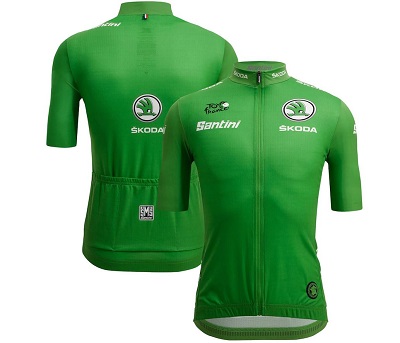
King of the Mountains (KOM) – White Jersey with Red Spots (Polkadot)
Throughout the race, there are “classified climbs” where points are given to the first few riders who reach the top of the climb. The rider with the most KOM points at the end of the Tour de France wins this competition.
Usually, this classification is won by a rider who is good at climbing uphill and also gets in a lot of breakaways to collect KOM points ahead of the main peloton.
The leader of the KOM classification wears the polka-dot (white with red spots) jersey.
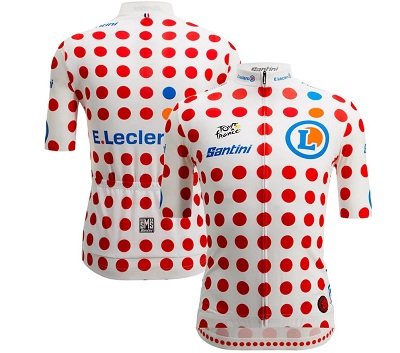
Young Riders Classification – White Jersey
This is won by the best-placed rider on the General Classification under the age of 26. The leader wears the white jersey.
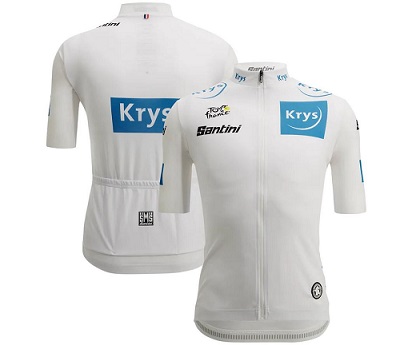
Most aggressive prize (most combative)
A subjective prize, this is awarded after each stage. A panel of judges decide which rider was the most aggressive and exciting during that stage. Often it goes to a rider in the breakaway. The judges usually favour French riders.
In addition to a cash prize, that rider gets to wear special red race numbers during the next stage.
When the race gets to Paris, at the end of three weeks, the judges decide who was the most aggressive rider over the whole race. That person wins the “super-combativity” prize.
Teams classification
The team race is calculated by adding up the times of the 3 best-placed riders from each team per stage. The 3 riders can be different from stage to stage; it’s just the 3 riders from your team who happened to cross the line first on each given stage.
The team with the lowest cumulative time wins this classification. The leading team wears special yellow numbers during the race
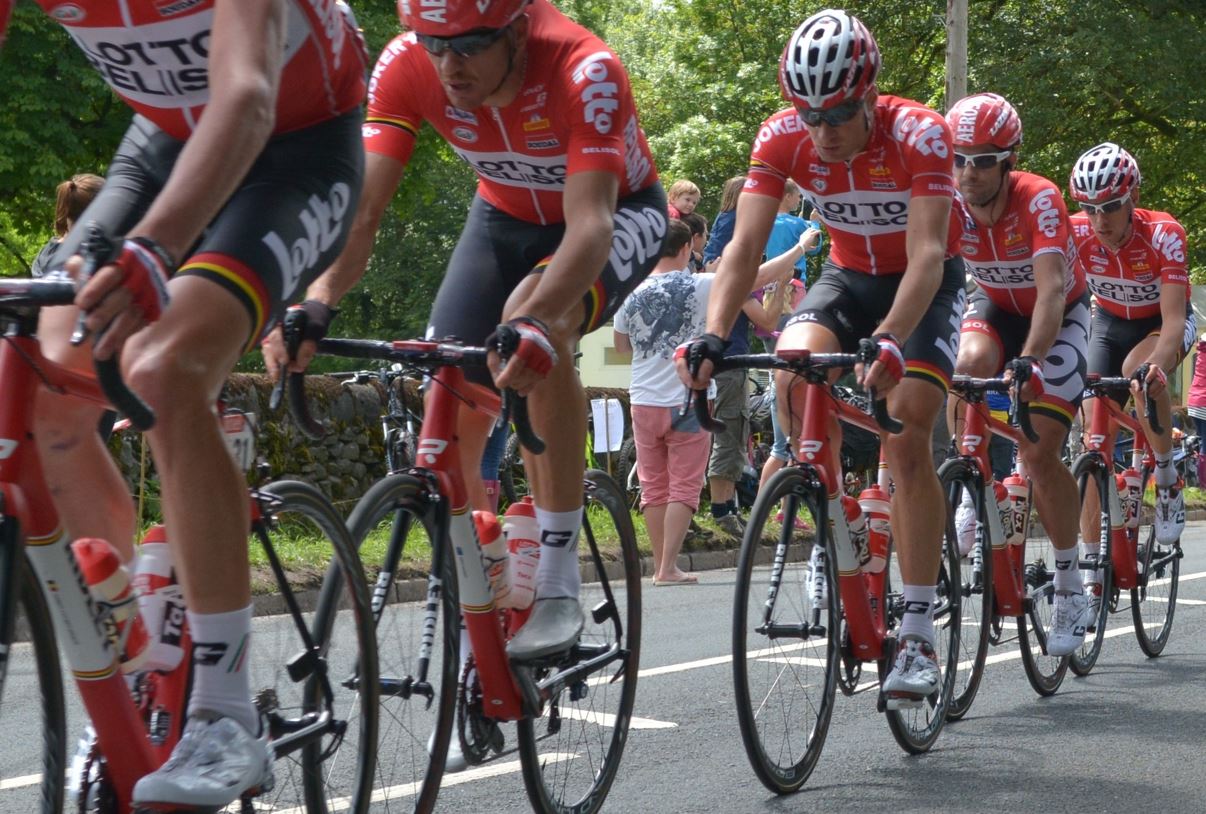
Lanterne Rouge
The rider who finishes the Tour de France in last place on General Classification is called the “lanterne rouge” (red lantern). This sounds easy to do, however the key requirement is that you have to actually finish every stage of the Tour within the time limit cut-off. On every stage, there is a time limit cut-off, this is calculated based on a percentage of the stage winner’s time. If you are unable to complete the stage within that time, you are kicked out of the race.
If you crash and end up in hospital, you are also out of the race.
So Who’s Going to Win?
This is the tricky question. As the race goes on, the main contenders become more apparent. Howewer! There are usually enough variables and ‘swerve-balls’ to keep most fans guessing well into the final week. That said, winner of the last two editions, Tadej Pogacar (UAE Team Emirates), is the favourite to be in yellow in Paris.
Why is it Just Men?
It’s not! Finally, the Women’s Tour De France Femme returns. Starting when the men’s race finishes in Paris on 24th July. The week long Tour features the best professional women racers and challenging terrain to crown the winner. Tour De France women’s race took place through until 1989 when it was discontinued by the organisers. 2022 sees it’s welcome return.
